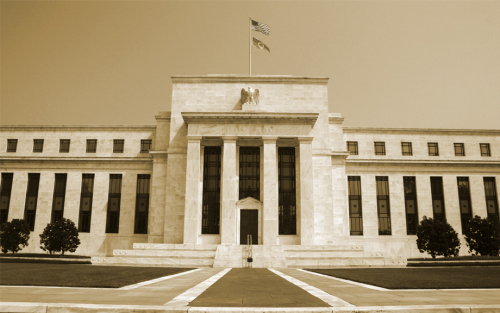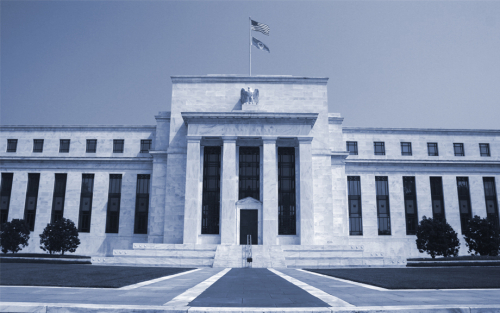Did Dealers Fail to Make Markets during the Pandemic?
Sarkar and coauthors liquidity provision by dealers in several important financial markets during the COVID-19 pandemic: how much was provided, possible causes of any shortfalls, and the effects of the Federal Reserve’s actions to support the economy.
How Competitive are U.S. Treasury Repo Markets?
The Treasury repo market is at the center of the U.S. financial system, serving as a source of secured funding as well as providing liquidity for Treasuries in the secondary market. Recently, results published by the Bank for International Settlements (BIS) raised concerns that the repo market may be dominated by as few as four banks. In this post, we show that the secured funding portion of the repo market is competitive by demonstrating that trading is not concentrated overall and explaining how the pricing of inter-dealer repo trades is available to a wide-range of market participants. By extension, rate-indexes based on repo trades, such as SOFR, reflect a deep market with a broad set of participants.
Dealer Trading and Positioning in Floating Rate Notes

In January 2014, the U.S. Treasury Department made its first sale of Floating Rate Notes (FRNs), securities whose coupon rates vary over time depending on the course of short-term rates. Now that a few years have passed, we have enough data to analyze dealer trading and positioning in FRNs. In this post, we assess the level of trading and positioning, concentration across issues, and auction cycle effects, comparing these properties to those of other types of Treasury securities.
Dealer Participation in the TSLF Options Program

Our previous post described the workings of the Term Securities Lending Facility Options Program (TOP), which offered dealers options for obtaining short-term loans over month- and quarter-end dates during the global financial crisis of 2007-08. In this follow-up post, we examine dealer participation in the TOP, including the extent to which dealers bid for options, at what fees, and whether they exercised their options. We also provide evidence on how uncertainty in dealers’ funding positions was related to the demand for the liquidity options.
Options of Last Resort

During the global financial crisis of 2007-08, collateral markets became illiquid, making it difficult for dealers to obtain short-term funding to finance their positions. As lender of last resort, the Federal Reserve responded with various programs to promote liquidity in these markets, including the Primary Dealer Credit Facility and the Term Securities Lending Facility (TSLF). In this post, we discuss an additional and rarely discussed liquidity facility introduced by the Fed during the crisis: the TSLF Options Program (TOP). The TOP was unique among crisis-period liquidity facilities in its provision of options. A follow-up post will analyze dealer participation in the TOP.
Market Liquidity after the Financial Crisis
Primary Dealer Participation in the Secondary U.S. Treasury Market

Michael J. Fleming, Frank M. Keane, and Ernst Schaumburg The recent Joint Staff Report on October 15, 2014, exploring an episode of unprecedented volatility in the U.S. Treasury market, revealed that primary dealers no longer account for most trading volume on the interdealer brokerage (IDB) platforms. This shift is noteworthy because dealers contribute to long-term […]
Further Analysis of Corporate Bond Market Liquidity

Tobias Adrian, Michael Fleming, Erik Vogt, and Zachary Wojtowicz Our earlier analyses from last October and earlier in this series looked at market liquidity measures averaged across all corporate bonds or broad sub-groups of corporate bonds. Commentators have pointed out that such broad averages might mask important differences among narrower sub-groups of bonds and that […]
Continuing the Conversation on Liquidity

Tobias Adrian, Michael J. Fleming, and Ernst Schaumburg Market participants and policymakers have raised concerns about market liquidity—the ability to buy and sell securities quickly, at any time, at minimal cost. Market liquidity supports the efficient allocation of financial capital, which is a catalyst for sustainable economic growth. Any possible decline in market liquidity, whether […]
Dealer Positioning and Expected Returns
Tobias Adrian, Michael Fleming, and Erik Vogt Securities broker-dealers (dealers) trade securities on behalf of their customers and themselves. Recently, analysts have pointed to the decline in U.S. dealers’ corporate bond inventories as evidence that dealers’ market making capacity is impaired. However, historically such inventories also reflect dealers’ risk management and proprietary trading activities. In […]











 RSS Feed
RSS Feed Follow Liberty Street Economics
Follow Liberty Street Economics